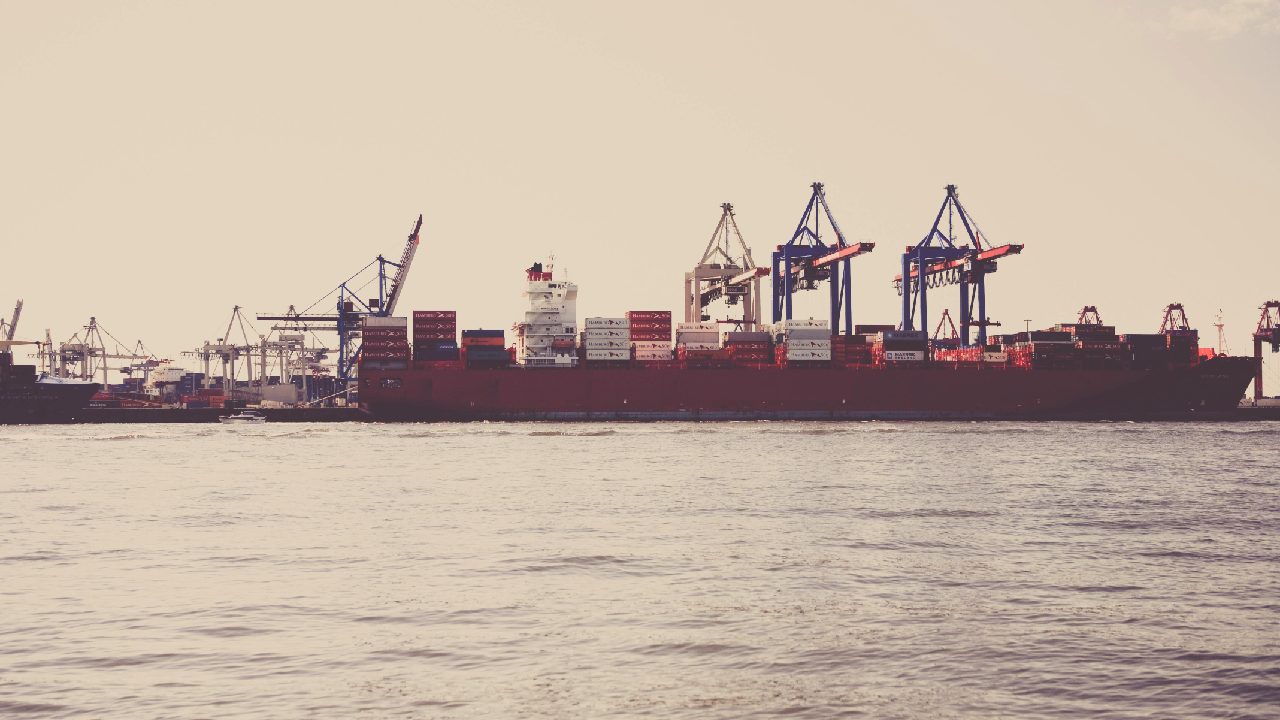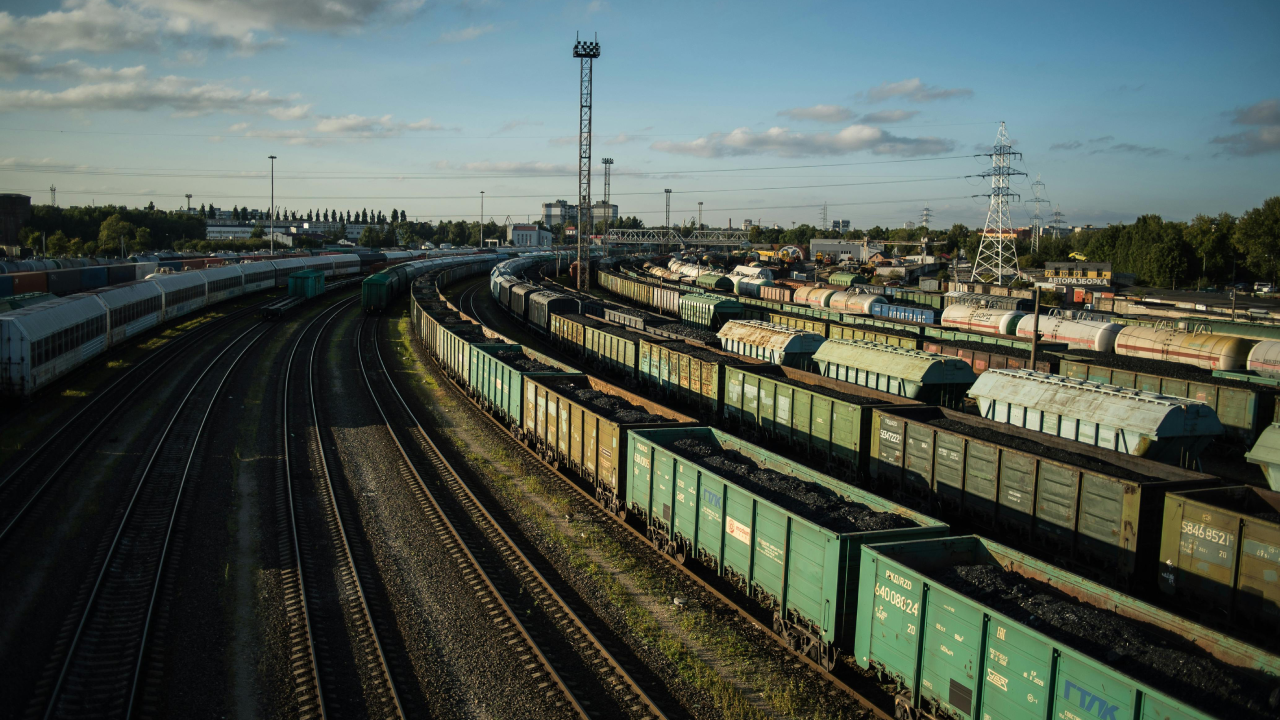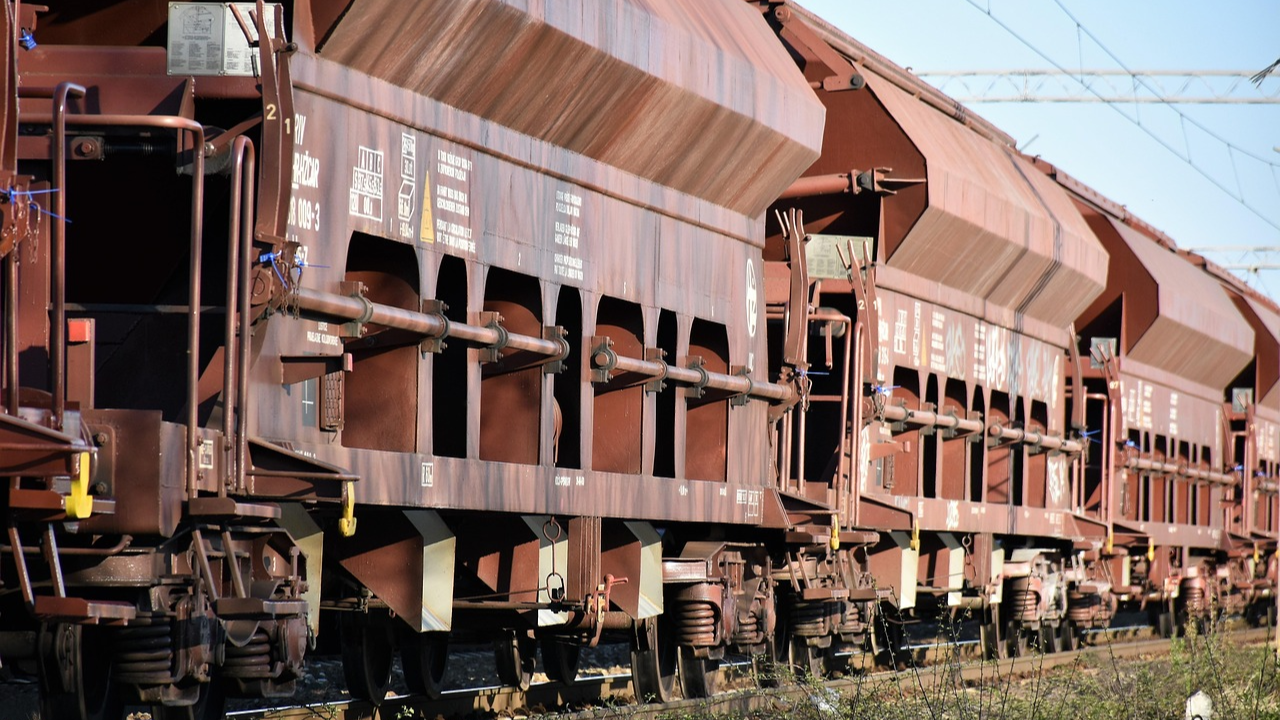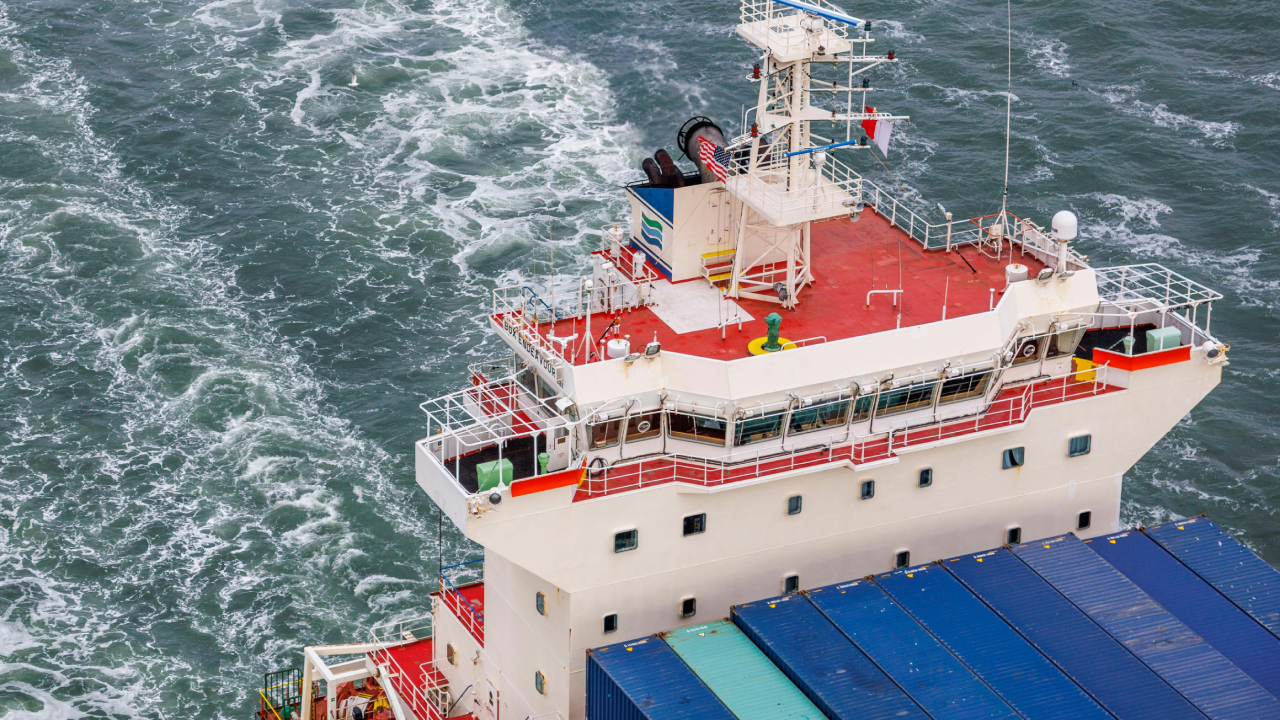Rail Freight Transport between Europe and Central Asia
Rail freight transport between Europe and Central Asia has become increasingly important in global trade and logistics. The Central Asian region — Kazakhstan, Uzbekistan, Turkmenistan, Kyrgyzstan, and Tajikistan — is not only a growing market but also a vital hub for cargo redistribution across Eurasia. At the same time, European countries seek reliable transport corridors for exporting goods and importing raw materials from Asia.
One of the most promising directions is rail transportation via Georgia. This country, located between the Black Sea and the Caspian Sea, has become a strategic logistics bridge connecting Europe and Central Asia. Supported by international projects from the EU, Turkey, and the Caucasus, Georgia is strengthening its role as a key node in the modern Silk Road.
Geography of Routes

The Europe–Central Asia rail corridor through Georgia operates as a multimodal chain, combining rail, sea, and road transport.
-
European stage.
-
Cargo departs from Western and Central Europe — Germany, Poland, the Czech Republic, Hungary, Italy.
-
It moves through the Balkans, including Bulgaria and Romania, to Black Sea ports such as Varna, Burgas, and Constanța.
-
-
Black Sea stage.
-
Caucasus stage.
-
Inside Georgia, goods travel by rail through Tbilisi towards Azerbaijan.
-
A landmark project here is the Kars–Tbilisi–Baku railway, directly linking Turkey, Georgia, and Azerbaijan, significantly reducing delivery times.
-
-
Caspian stage.
-
From Azerbaijan, goods reach the Port of Alat near Baku.
-
From there, ferries transport containers to Kazakhstan (Aktau, Kuryk) or Turkmenistan (Turkmenbashi).
-
Rail networks in Central Asia then distribute cargo to destinations such as Almaty, Tashkent, and Ashgabat.
-

Historical Context and Strategic Role
Advantages of the Georgia Route
1.Speed.
2.Flexibility.
3.Stability.
4.Multimodal capability.
5.Sustainability.

Types of Cargo Transported
The corridor via Georgia is used for a wide range of goods:
-
industrial equipment and machinery;
-
automobiles and spare parts;
-
metals and construction materials;
-
chemical products, fertilizers, petrochemicals;
-
grain, cotton, and agricultural goods;
-
LCL (Less-than-Container Load) shipments, consolidating orders from multiple shippers into one container.
This makes the corridor particularly attractive for both large industrial exporters and small-to-medium businesses.
Infrastructure and Development
-
Ports of Poti and Batumi.
Both are undergoing modernization, with expanded container terminals and growing capacity to handle larger vessels.
-
Georgia’s national railway.
The rail network connects ports and industrial centers, serving as a backbone of the Middle Corridor. The Kars–Tbilisi–Baku railway is a flagship project that integrates Georgia into the Eurasian rail system.
-
Caspian ports.
Aktau and Kuryk (Kazakhstan) as well as Turkmenbashi (Turkmenistan) have modern ferry complexes, ensuring stable operations across the Caspian Sea.

Sofmar – Your Reliable Partner in Rail Freight Transport from Europe to Central Asia
Successful rail freight transport along this corridor requires professional logistics coordination. The company Sofmar provides a full range of services for cargo shipments between Europe and Central Asia via Georgia, including:
-
freight forwarding and logistics support at all stages;
-
organization and monitoring of multimodal rail and sea transportation;
-
handling of containerized and consolidated shipments;
-
coordination with ports and railway operators across the region;
-
customs clearance and preparation of all necessary documentation.
With Sofmar’s expertise, clients benefit from reliable delivery, transparent logistics management, and a turnkey service that ensures cargo reaches its destination safely and on time.
Our agency’s office is located in the port of Poti at the address: Alley April 9, No. 30/39, Poti, Georgia.
If you need logistics, sea freight forwarding in Poti, please call our office: +995 493 22-02-66